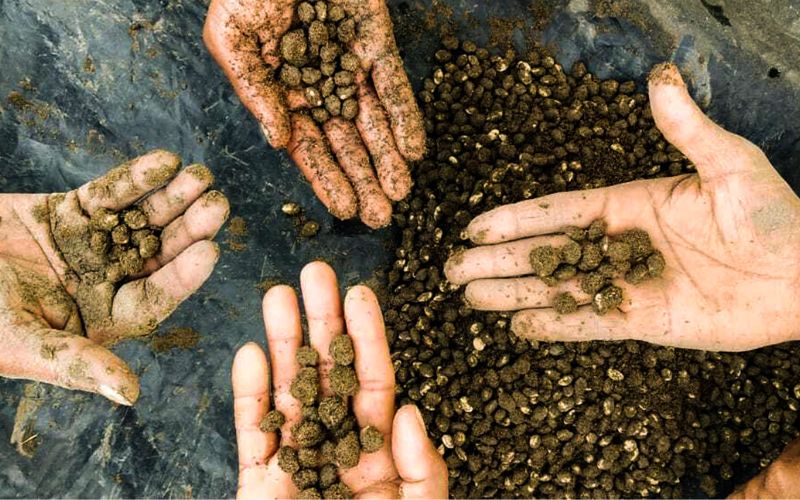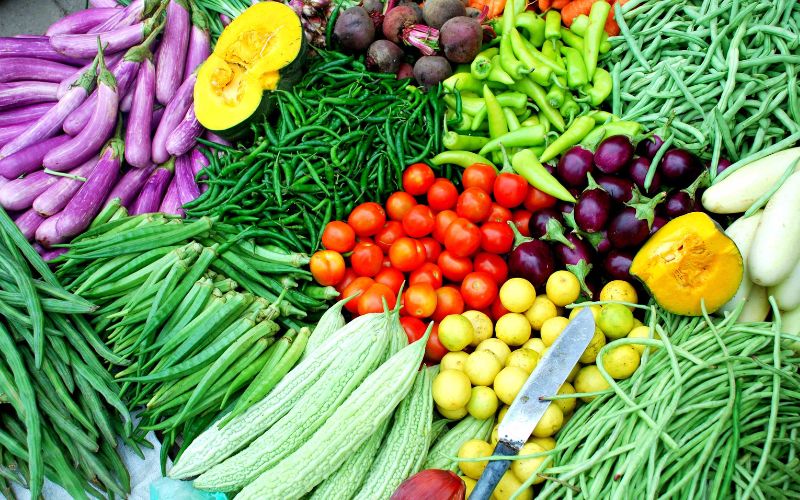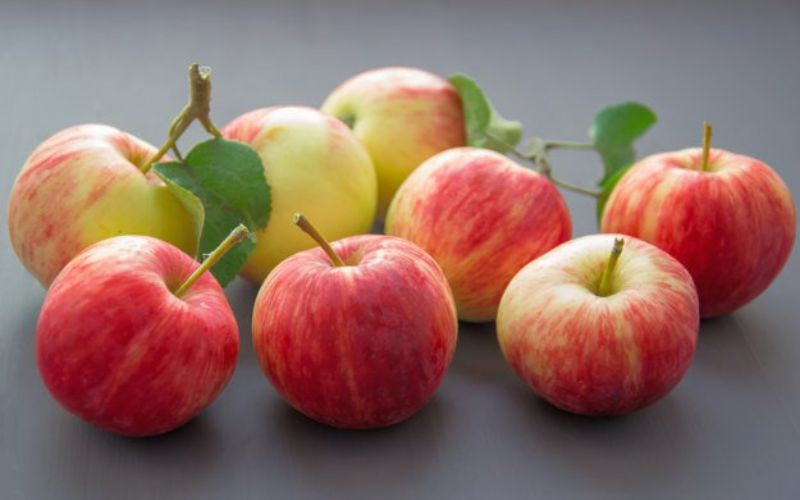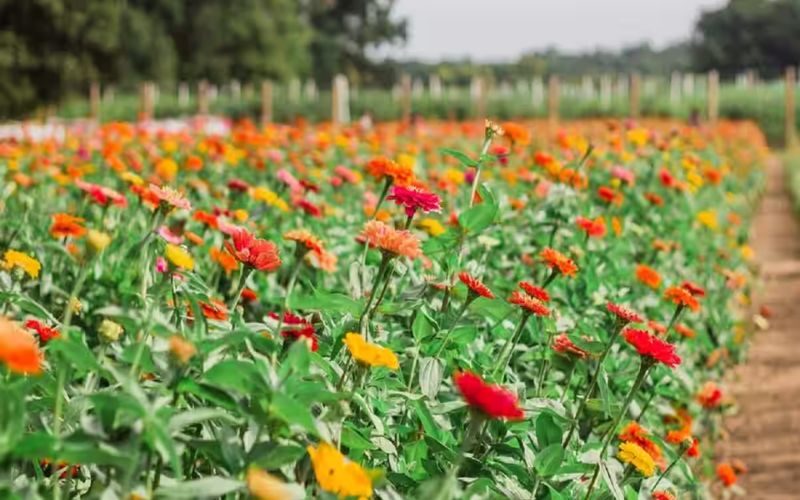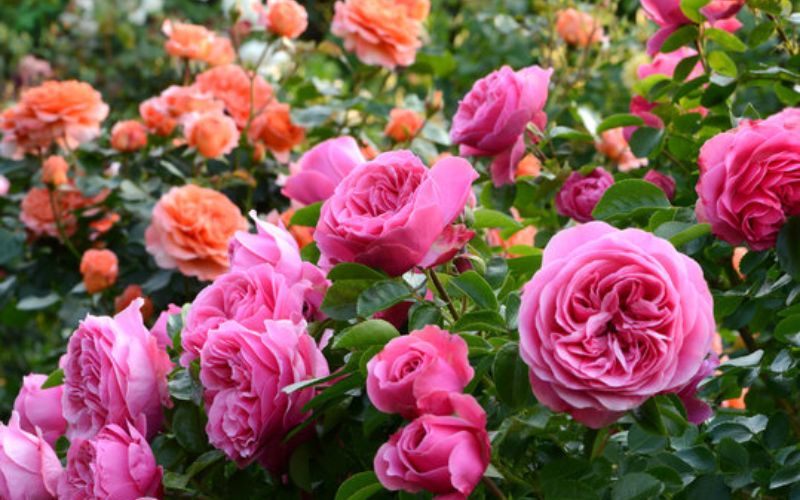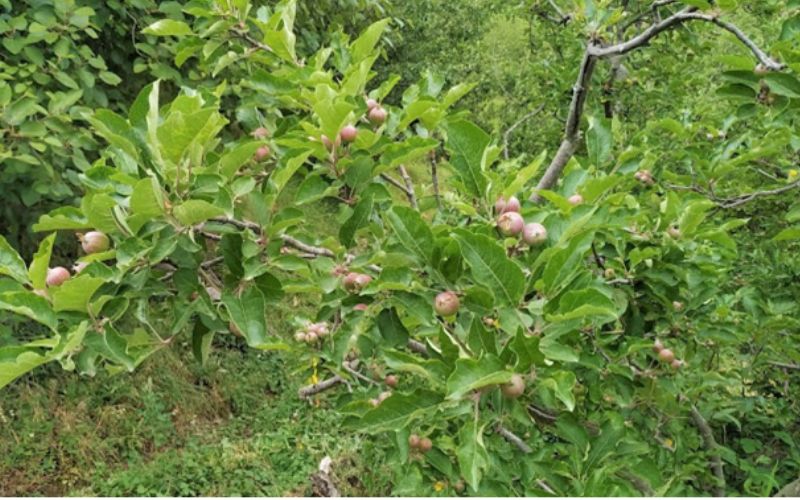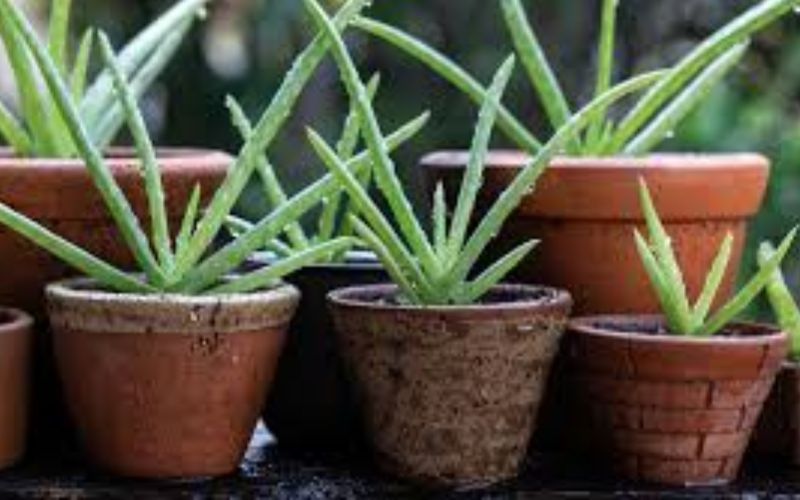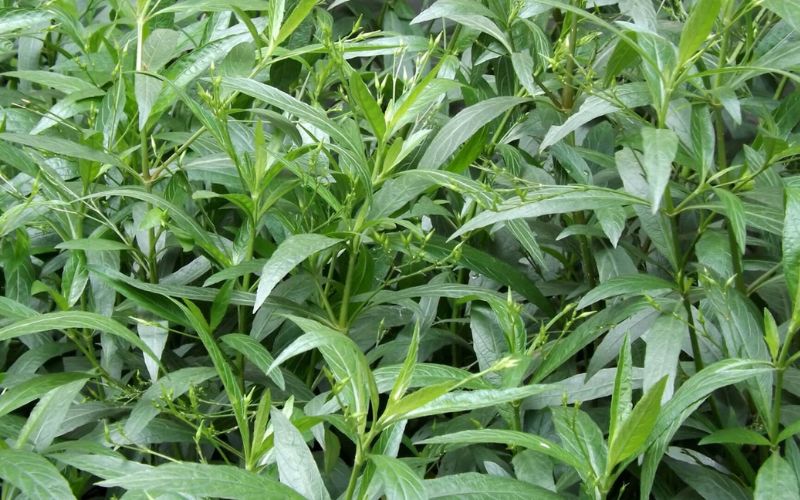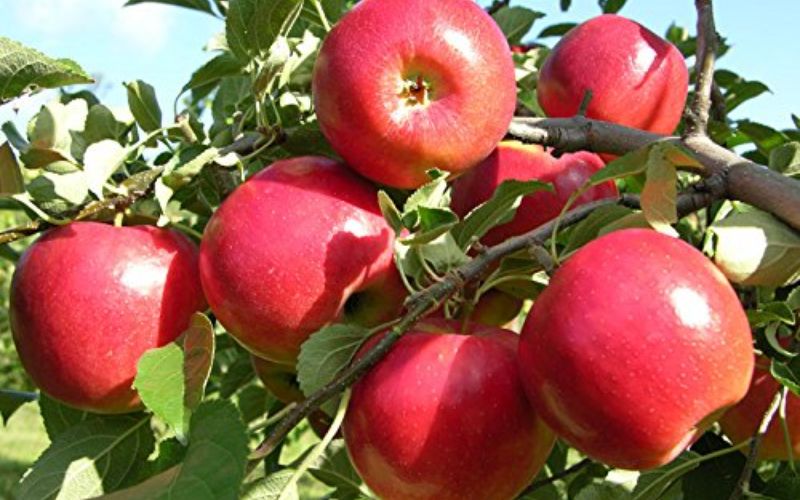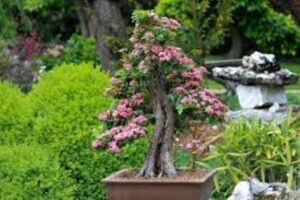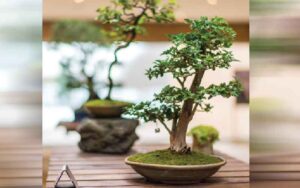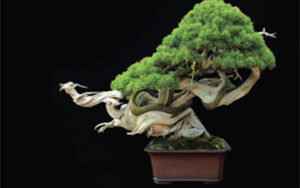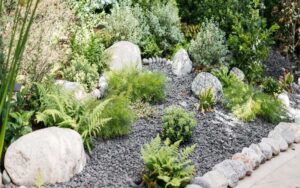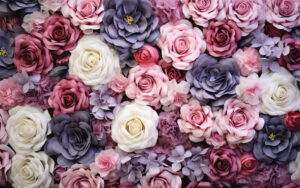Bonsai: Attaining the status of an exclusive sector in landscape gardening industry
New Delhi: The word Bonsai is derived from Japanese, ‘bon’ means, ‘shallow pot’ and the ‘sai’ means ‘plant’ which is translated as ‘tray planting’. Bonsai is an art of growing trees, proportionately in small containers, occasionally in combination with rocks of many forms, by treating them with certain techniques in order to reproduce in miniature the lordly appearance of large and aged trees or landscape as found in nature. In recent days, the demand for bonsai’s is growing rapidly in leaps and bounds and has attained the status of an exclusive sector in the landscape gardening industry.
Styles of Bonsai:
There are many styles in bonsai, which have been developing over the ages. The following are the principal classical bonsai styles.
- Formal upright style (Chokkan): In this style branches grow symmetrically and horizontally around the upright straight trunk.
- Informal Upright (Mayogi): In this style plants retains a very natural appearance with the help of curving nature of the trunk. The branches get smaller in size towards the top growing also in the edge of the curves.
- Oblique/Leaning trunk style (Shakakn): The trunk leans to one side, branches are positioned horizontally, shooting out in all directions. The surface roots clearly visible in the side opposite to the lean.
- Windswept style (Fukinagashi): This differs from previous style that branches grow on one side of the trunk only. This gives the impression of the blowing continually from the direction.
- Broom style (Hokidachi): This style having the similarity in appearance to unturned broom. It spreads the branches in the shape of a fan, may occupy half the total height of the tree. The trunk is upright.
- Cascade style (Kengai): The branches grow out over the edge of the container chosen for this style is high enough to show off cascade effect to best advantage.
- Multiple trunks style or Clump shaped (Kadudaki): Trunks are allowed to grow a single root, which has put several shoots. The result of this is a little group of trees. Generally, they should make up an odd number but if only trunks appear, they should of different sizes.
- Raft style (Ikuabuchi): This style creates an effect of fallen trunk, which has put out roots downward, and branches upward. The final impression, which is quite original, is one of the groups of individual plants all spring from a horizontal trunk.
- Woodland (Yoseue): In this fascinating style, in a single container a number of all individual plants of the same species are laid out in a correctly proportioned manner.
- Twisted trunk style: The trunk diminishes size toward the top and gives the appearance of twisting in upon itself; the branches break out in all directions.
- On the rock: The piece of rock is places appropriately in the container to be embraced eventually by the roots of the bonsai. This however sinks into the soil below. Once the little tree starts growing and putting new roots in to small cavities in the rock, one can get so called “rock planting”.
- Mame bonsai/Mini bonsai/Disc bonsai: The plants are often not more than 8 – 15cm high (3 – 6 inches) and grow in containers no bigger than a tumbler.
Characteristics of plants suitable for bonsai
The suitability of plants to develop a bonsai plant depends on various factors.
- The plant should be hardy so that it can be grown in a small container for many years with all the manifestations of a living plant.
- The trunk should develop a natural appearance.
- The branches should grow in natural but artistic forms.
- The growth of the plant and appearance should harmonious with the shape of the container. 5. The miniature plant showing seasonal variations in growth and flowering is a very interesting feature of bonsai.
- Plants of low height and strong trunk, thick at the base are good as bonsai.
Plant species suitable for bonsai
Trees: Anthocephalus cadamba, Bombax malbaricum, Adenanthera pavonica, Brassia actinophylla, Butea monosperma, Callistemon lanceolata, Ceiba pentandra, Erythrina cristagalai, Ficusnegalensis, F. reliogiosa, F. infectoria, Pinus carica, Jaccaranda mimosifolia, Kigelia pinnata, Tabebuia chrysantha, Thespesia papulina, Punica granatum, Delonix regia, Malphigia glabra etc.
Shrubs: Hibiscus rosa-sinensis, Hamelia patens, Jatropa podagrica, Murraya exotica, Carisa caranda, Bougainvillea sps., Camellia japanica, Schfflera arborícola.
Climbers: Combretum, Hiptage madhablata, Golden shower, Morning glory
Conifers: Juniperus prostrata, J. chinensis, Cupresses sempervirans, Juniperus horizantalis, Pinus roxburghii, Pinus khasiana
Succulents: Adenium obesum, Crassula sps.
Fruit plants: Pomegranate, tamarind, apple tree, citrus


